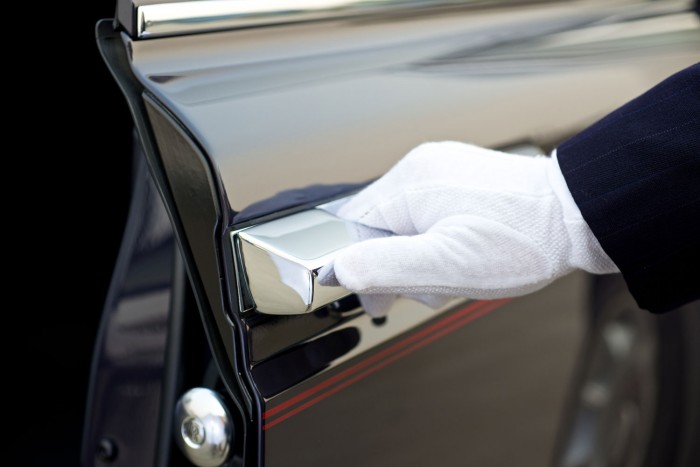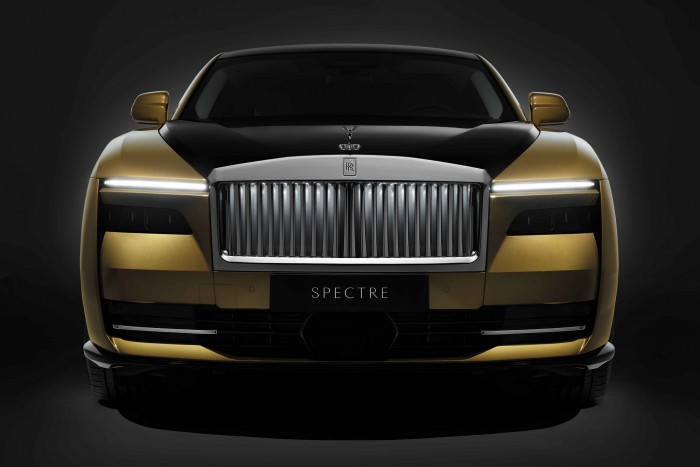The luxury car has many shapes and shades, but few would argue that the pinnacle is when someone rolls somewhere in a chauffeur-driven Rolls-Royce.
Of course, it doesn’t matter how professionals drive it, but there’s an answer to that too: After more and more business tycoons and aristocrats in the first decades of the 20th century wanted one of the “best cars in the world,” but didn’t always have the right person to drive them, they launched The British manufacturer itself offers a training program for drivers.
Illustration (Getty Images)
This died after a while, but the Goodwood manufacturer revived the training ten years ago, in 2013. In the White Glove program, drivers can learn from Rolls-Royce specialists how feasible and appropriate it is to drive their four-wheel-drive royal cars, but in addition Additionally, participants receive training in dress code, etiquette, and even personal protection.
An interesting aspect of driving technology is the so-called champagne stop, i.e. champagne stop. This does not mean that the driver stops to bring a couple of bottles from the corner shop to the passengers, it is about how he slows down and stops the gigantic car so that not a single drop of champagne or any other noble liquid falls out of the glasses of the people sitting in the back.

Illustration (Getty Images)
The essence of the braking technique is that the driver presses the pedal with equal force, and then releases it slightly at the moment before the final stop, so that the car does not turn off. So far that’s fine, but what about modern electric motors, where braking depends partly or entirely on kinetic energy recovery? Well, Rolls Royce thought of this too: in the electric Specter, recovery, which is difficult to dose precisely and linearly, is not a standard setting, the driver only activates it using a separate button when nothing can be thrown into the rear seats …












































